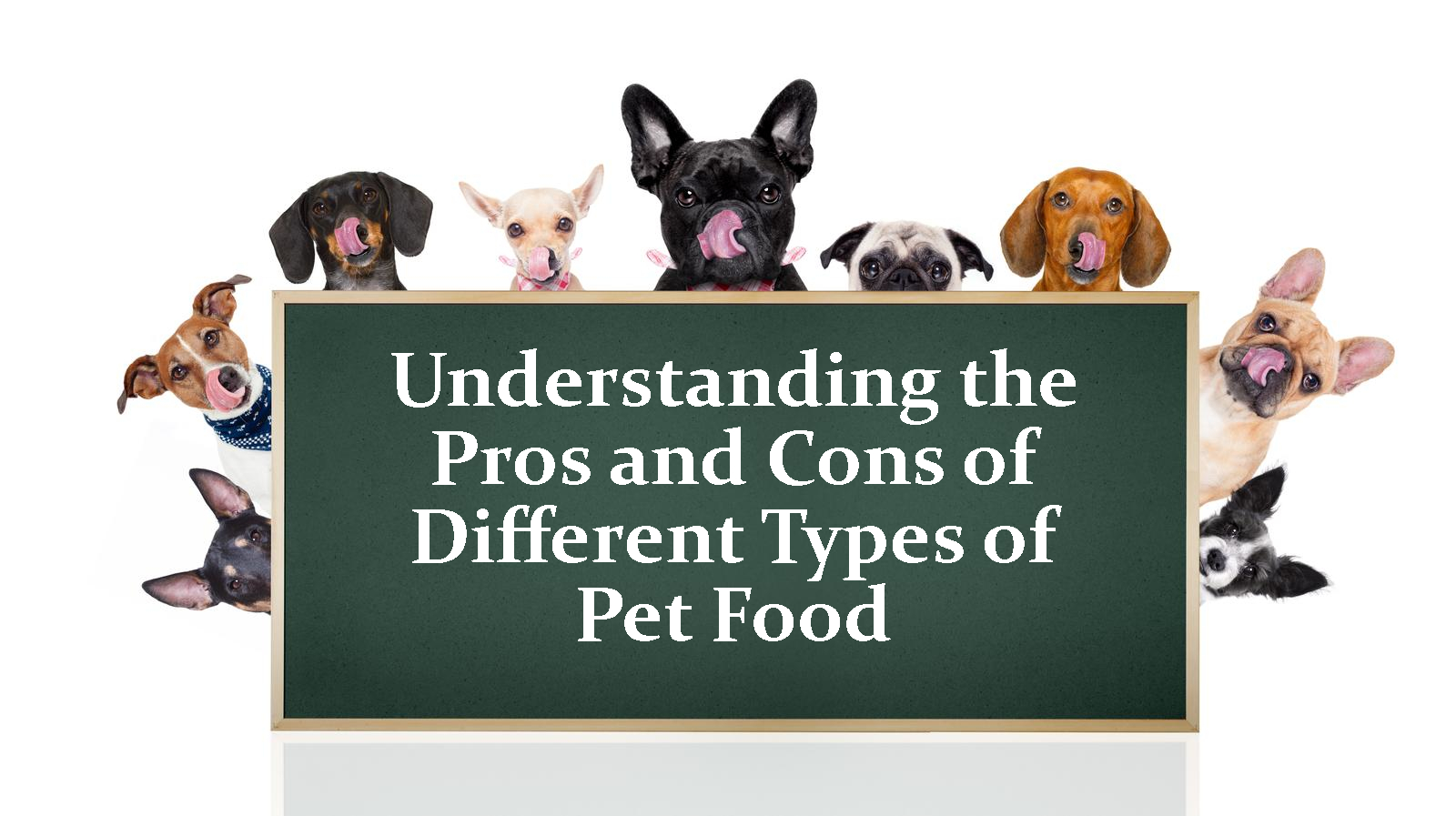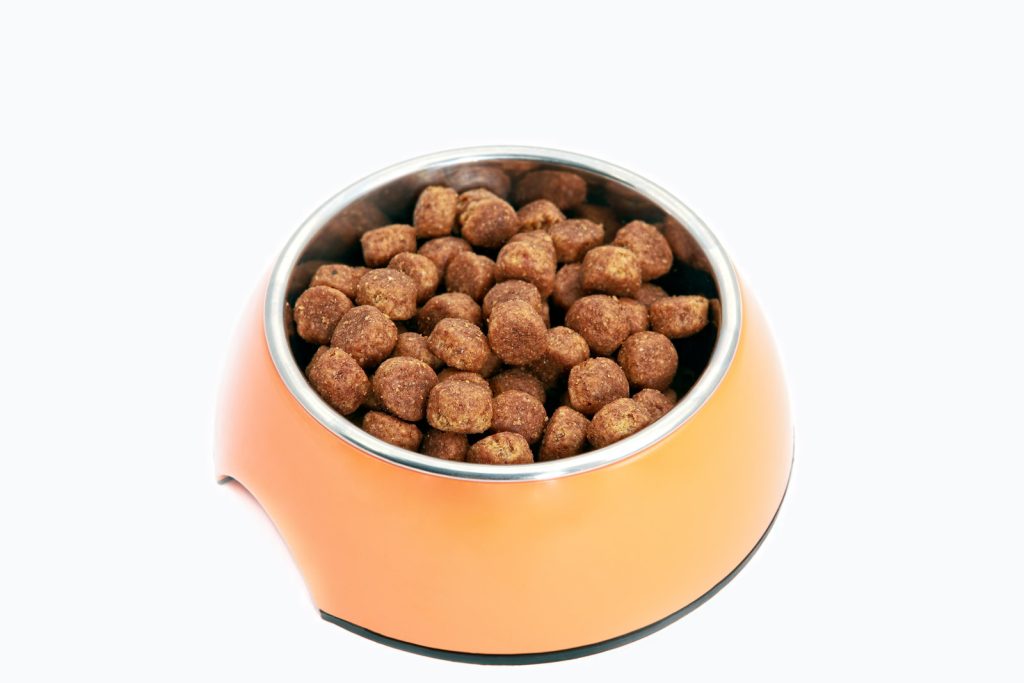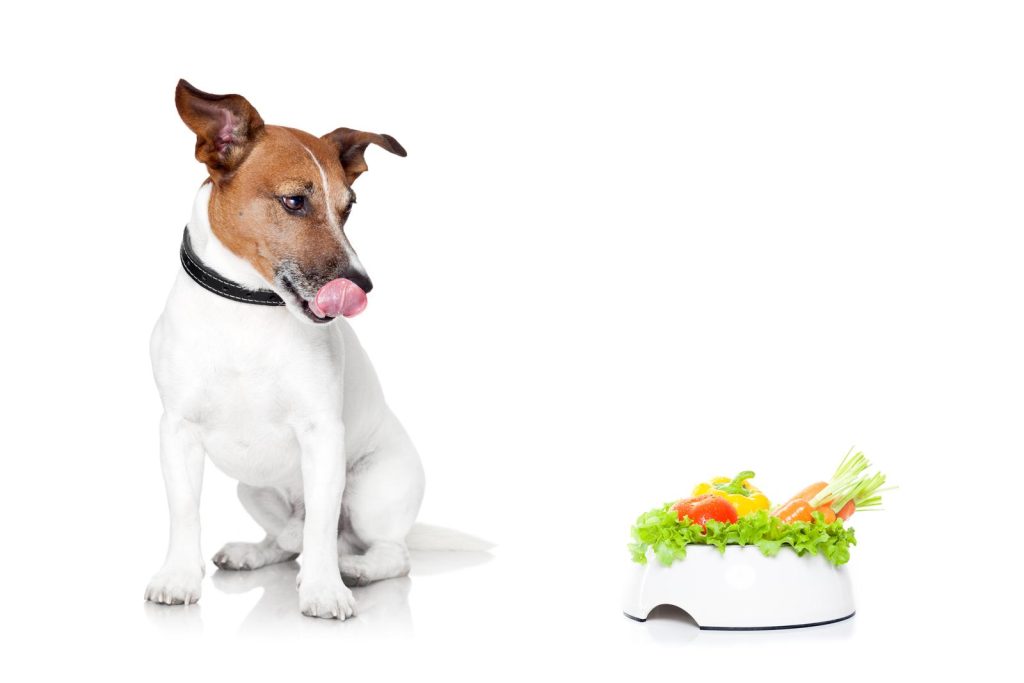Understanding the Pros and Cons of Different Types of Pet Food

Welcome to our comprehensive guide to understanding the pros and cons of different types of pet food! As pet owners, we constantly strive to provide our furry companions with the best nutrition possible. However, with countless options available on the market, navigating the world of pet food can be overwhelming. That’s where this guide comes in. We’ve done the research and compiled all the necessary information to help you make informed decisions about what to feed your beloved pets. From dry kibble to raw diets, we’ll delve into each type, dissecting the advantages and drawbacks they offer. Whether you’re a seasoned pet parent or a new addition to the fur family, this blog post aims to enlighten you on the various pet food options, enabling you to choose the best diet for your four-legged friends.
Overview of Different Types of Pet Food
When it comes to dog food, pet owners are presented with a wide array of choices. The market offers a variety of forms, including dry kibble, wet canned food, freeze-dried raw diets, and even homemade recipes. Each of these options is designed to meet different nutritional needs and fulfill specific considerations. Dry kibble, for instance, is convenient and cost-effective while providing essential nutrients. Wet canned food, on the other hand, offers higher moisture content and is often more palatable to picky eaters. Finally, homemade recipes give pet owners more control over the ingredients used and allow for customization based on individual dietary requirements. Deciding on the best type of pet food for a dog necessitates careful consideration and thorough research to ensure that the chosen option aligns with the pet’s unique needs and preferences.
However, when it comes to choosing the best dog food for your furry friend, it is important to consider the different options available and their potential advantages and disadvantages. Dry kibble is the go-to choice for many pet owners due to its affordability and convenience. Not only is it easy to store, but it can also be fed to pets at any time. Nevertheless, it is worth noting that dry kibble may not provide all of the necessary nutrients for a balanced diet. On the other hand, wet canned food offers higher moisture content, which can be beneficial for animals that struggle to drink enough water. Additionally, freeze-dried raw diets are gaining popularity due to their minimal processing and high protein levels, but they require careful portioning as they can be calorie dense.
Lastly, homemade recipes can be a great option for pet owners who seek to tailor their pet’s diet with fresh ingredients. However, it is crucial to consult with a veterinarian or nutritionist to ensure that the homemade recipe is properly balanced, addressing all the nutritional needs of the individual pet. By considering these various options and consulting with professionals, you can make an informed decision about the best dog food for your beloved companion.
Pros and Cons of Dry Food
When it comes to cat food, dry food offers several pros that make it an attractive choice for pet owners. Convenience and affordability are two key factors to consider. Dry food is incredibly convenient to store, making it a breeze to keep a stock of it at home. In addition, serving dry food to your feline companion is a quick and hassle-free process, perfect for busy pet owners. Another significant advantage is that dry cat food tends to be more affordable compared to wet food options. This cost-effectiveness can be particularly beneficial for pet owners on a budget or those with multiple cats to feed. So, if you’re seeking a convenient and affordable option to nourish your beloved feline friend, dry cat food is certainly worth considering.

All in all, when it comes to dog food, it is important to consider both the pros and cons. While dry food may offer convenience and dental benefits, there are potential drawbacks to be aware of. The cons of dry food for your pet include the possibility of nutritional deficiencies. As primary reliance on dry food may lead to imbalances in essential nutrients. Vitamins and minerals found in wet food might not be present in the same proportions if dry food is chosen as the main diet. Therefore, pet owners should carefully assess their dog’s individual need. Consult with a veterinarian to ensure a well-rounded and balanced diet that meets all of their pet’s nutritional requirements.
Pros and Cons of Canned Food
When it comes to choosing pet food, canned food is an excellent option. It offers a perfect blend of convenience and practicality. The key advantage of canned food for pets lies in its exceptional convenience and ease of storage. It allows pet owners to quickly serve their furry friends a nutritious meal. Without the hassle of preparing and cooking raw ingredients. Moreover, canned pet food has an impressively longer shelf life compared to other types of pet food. Giving owners the peace of mind that they don’t have to constantly restock. By selecting canned food for your pets, you can ensure they receive a well-balanced diet. While enjoying the benefits of extended storage and easy meal preparation.
Besides the potential drawbacks mentioned above, it is important to consider that these concerns are not limited to canned pet food alone. Many types of cat food, whether dry or wet, can also come with their own set of disadvantages. For instance, dry cat food often contains more carbohydrates and less moisture than wet cat food. Which can lead to potential health issues such as obesity or urinary tract problems. Furthermore, some dry cat foods may lack essential nutrients and minerals due to the high-temperature processing methods used during manufacturing. Ultimately, pet owners should carefully evaluate the nutritional value, price, and specific needs of their beloved feline companions before making a decision on the most suitable type of pet food.
Pros and Cons of Raw Food
When it comes to pet food, there are various factors to consider, but one increasingly popular option is raw food. One of the notable advantages of raw pet food is that it closely mimics the ancestral diet, providing a nutritionally balanced and natural meal for our furry companions. Unlike processed pet food, raw food retains its essential enzymes and nutrients, ensuring a healthier diet for pets. By opting for raw pet food, owners can offer their beloved animals an optimal meal that aligns with their innate dietary needs.

When it comes to pet food, raw food diets have emerged as a popular choice for many cat owners. One significant advantage of raw cat food is its higher levels of protein and healthy fats compared to processed alternatives. This means that by feeding your cat raw food, you are providing them with an additional dose of essential nutrition. These elevated protein levels can contribute to the overall health and well-being of your cat. Helping them maintain a healthy weight and supporting muscle development. Additionally, the healthy fats found in raw cat food can enhance their coat’s condition, promoting a glossy and vibrant appearance. Overall, by opting for a raw food diet for your cat, you can ensure that they receive optimal nutrition. Helping them thrive and lead a happy, healthy life.
Additionally, it is important to acknowledge the potential cost implications of feeding your pet a raw diet. While there are undeniable benefits in terms of nutritional value and potential health improvements. It is essential to weigh these advantages against the higher expenses involved. In comparison to pre-packaged or homemade dog foods, raw diets can be more costly. Due to the sourcing of high-quality ingredients and the additional time and effort required for preparation. Pet owners should carefully assess their financial situation and willingness to invest in their pet’s dietary needs before committing to a raw diet. Ultimately, it is crucial to strike a balance between what is affordable and what will provide optimal nutrition for our beloved furry companions.
Final Say
In conclusion, when it comes to choosing the best pet food for your furry companions, knowledge is power. This comprehensive guide has aimed to shed light on the pros and cons of different types of pet food. From dry kibble to raw diets. By understanding the advantages and drawbacks of each option, you can make informed decisions on what to feed your beloved pets. With this knowledge in hand, you can confidently navigate the overwhelming world of pet food. And select the diet that best suits your four-legged friends’ needs. Whether you are a seasoned pet parent or a newcomer to the fur family. This guide has provided valuable insight to help you provide optimal nutrition for your pets, ensuring their health and happiness for years to come.
Also Read The Top 5 Benefits of Taking Vitamin C Supplements for Overall Health







